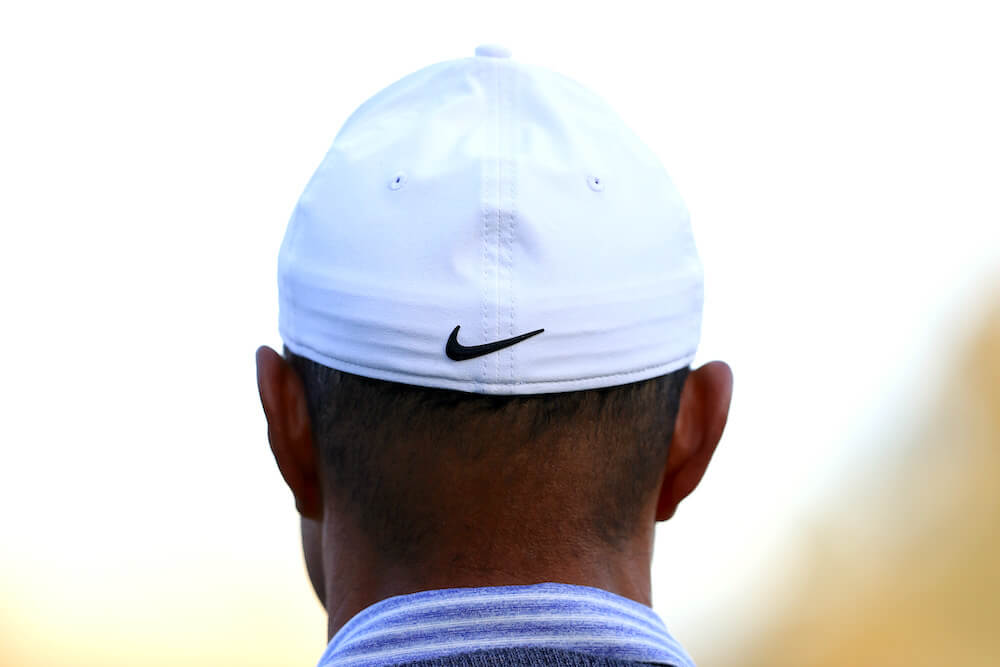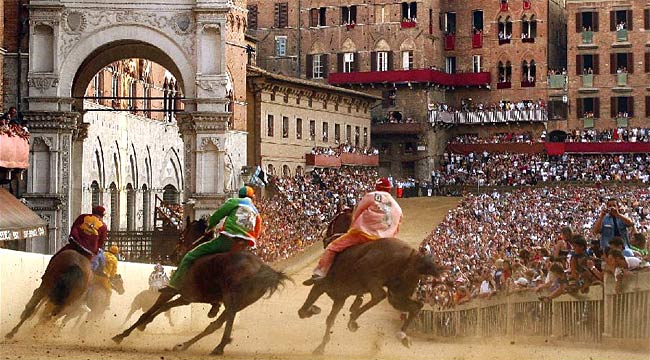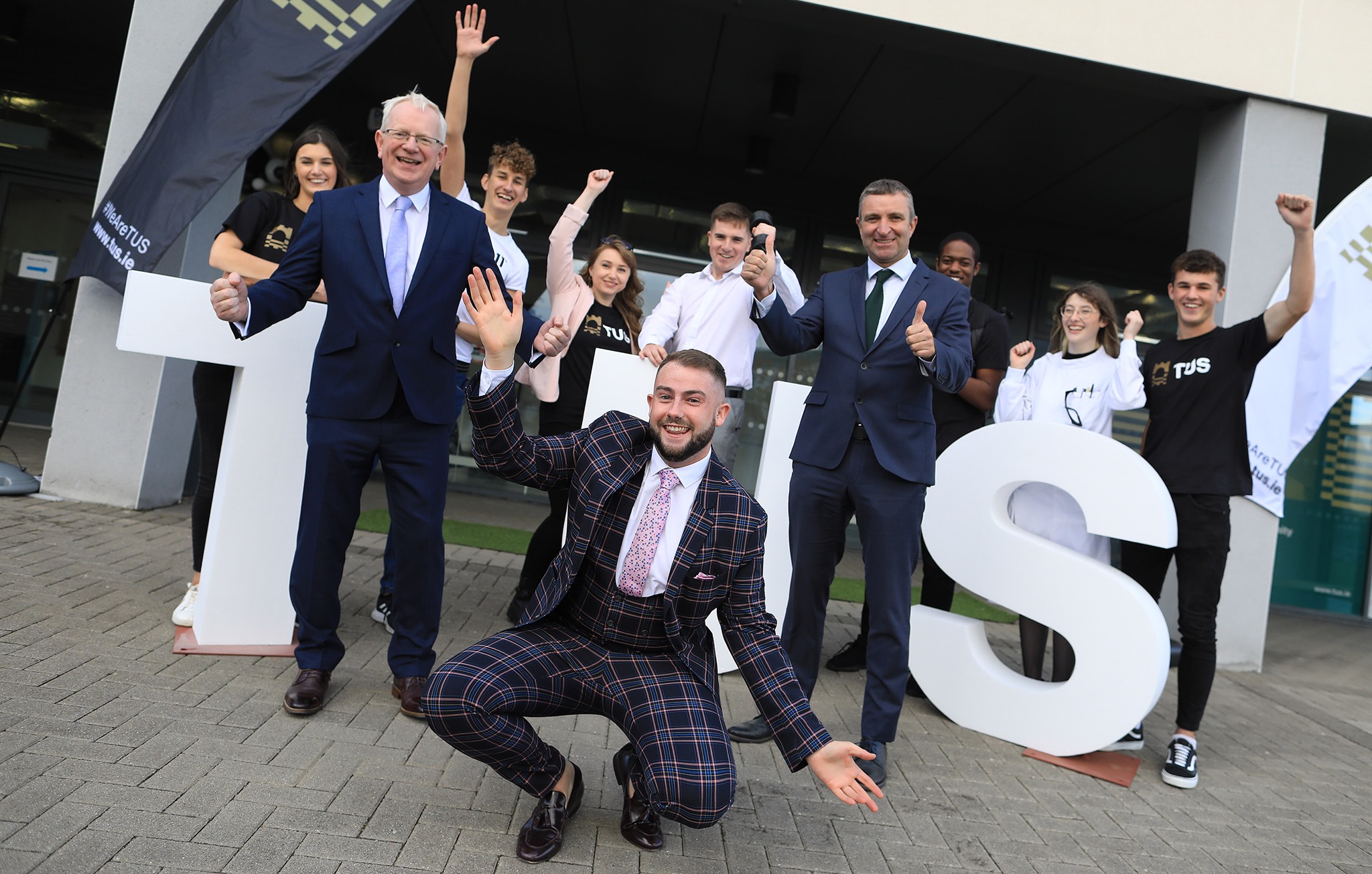
In the ever-evolving landscape of sports marketing, certain partnerships stand out for their enduring impact, and the collaboration between golf legend Tiger Woods and sportswear giant Nike is undoubtedly one such example. Over the years, this alliance has weathered storms and celebrated victories, shaping not only the narrative of the athlete but also leaving an indelible mark on the brand. As we bid farewell to this iconic partnership, it’s a moment to reminisce about the journey that not only redefined sports marketing but also significantly bolstered Nike’s brand perception.
The Tiger Woods and Nike journey began in 1996 when the young golf sensation transitioned into the professional realm. Nike foresaw more than just a golfer; they recognised a transcendent figure capable of propelling the brand to unprecedented heights. The inauguration, marked by the “Hello World” campaign, laid the groundwork for a powerful connection that would capture global attention and set a precedent for the future of sports marketing.
The Ups
Breaking Barriers – Tiger Woods, with his unparalleled talent and charismatic aura, transcended the boundaries of golf and race. Nike, with its “Just Do It” ethos, found a perfect synergy in Woods, embodying the spirit of relentless pursuit against all odds. Together, they shattered racial barriers, establishing a connection that went beyond the fairways.
Dominance on the Course – The Tiger-Nike partnership reached its pinnacle during Woods’ dominance in the late 1990s and early 2000s. Securing multiple Major victories, including the historic 1997 Masters win, Woods solidified his position as one of the greatest athletes of all time. This era not only showcased his prowess but also underscored Nike’s association with excellence.
Innovative Endorsements – Nike’s marketing brilliance came to the forefront with innovative strategies. The creation of the iconic “TW” logo, the introduction of the Tiger Woods signature golf apparel line, and the emotionally resonant “I Am Tiger Woods” campaign displayed a profound understanding of how to leverage an athlete’s persona for brand success. These endorsements became synonymous with cutting-edge sports marketing.
The Lows
Personal Challenges – The partnership faced a significant test in 2009 when Tiger Woods’ personal challenges became a media spectacle. This period demanded a delicate balance between acknowledging Woods’ personal struggles and protecting the brand image crafted over the years.
Injuries and Performance Decline – Woods endured a series of injuries that impacted his on-course performance, leading to a decline in his dominance. This challenging period posed a dilemma for Nike, as the association between the athlete and the brand had become inseparable from the concept of victory.
Strengthening Brand Perception
Resilience and Redemption – The turning point came in 2019 when Tiger Woods staged a triumphant comeback at the Masters. Overcoming years of personal and physical setbacks, Nike seized this moment for narrative redemption. The “Never Stop Chasing” campaign celebrated not just Woods’ resilience but also aligned seamlessly with Nike’s enduring commitment to overcoming challenges.
Humanising the Brand – The partnership allowed Nike to humanise its brand by acknowledging the flaws and vulnerabilities of a sporting icon. This authenticity resonated with consumers, offering a glimpse into Tiger’s journey—the highs, the lows, and the ultimate redemption. It transformed Nike from a distant corporate entity into a relatable brand with a human touch.
As the curtain falls on the Tiger Woods and Nike partnership, it leaves behind a legacy that transcends sports marketing textbooks. This collaboration showcased the transformative power of aligning a brand with an athlete who embodies not only athletic excellence but also the resilience of the human spirit. Nike’s ability to navigate the highs and lows of this partnership, turning challenges into opportunities for growth, exemplifies the brand’s agility and unwavering commitment to its core values. The Tiger Woods-Nike story stands as a compelling chapter in the history of sports marketing, illustrating how a brand can thrive amid adversity and emerge even stronger on the other side.
Lolly
Lolly Cleary is Head of Design with Fuzion Communications, who operate from offices in Dublin and Cork







